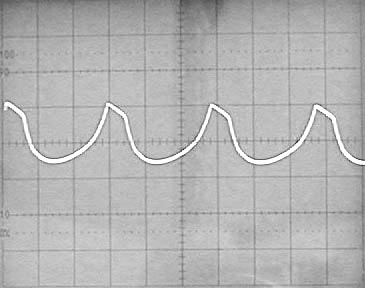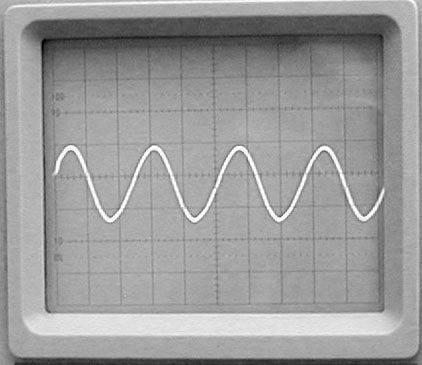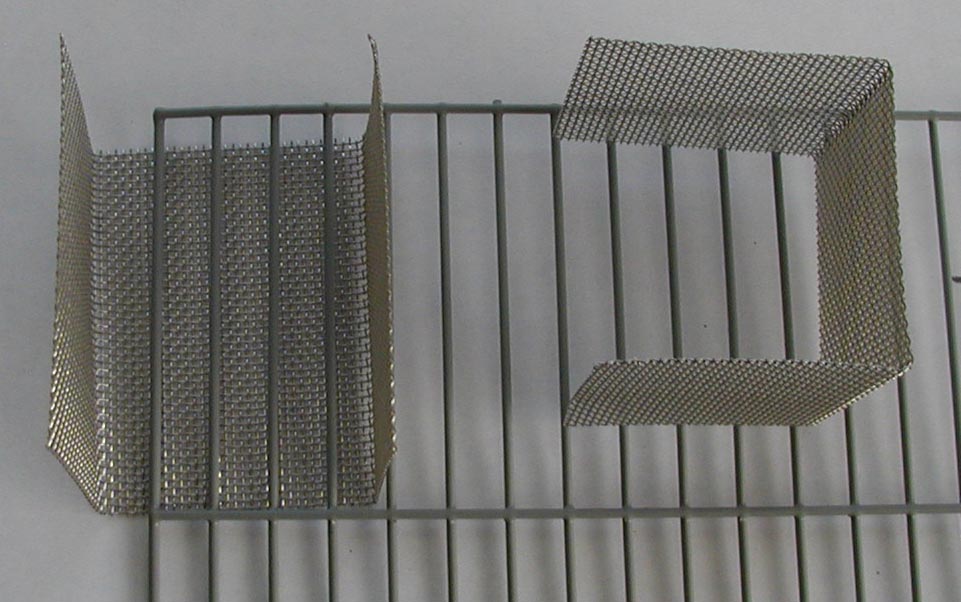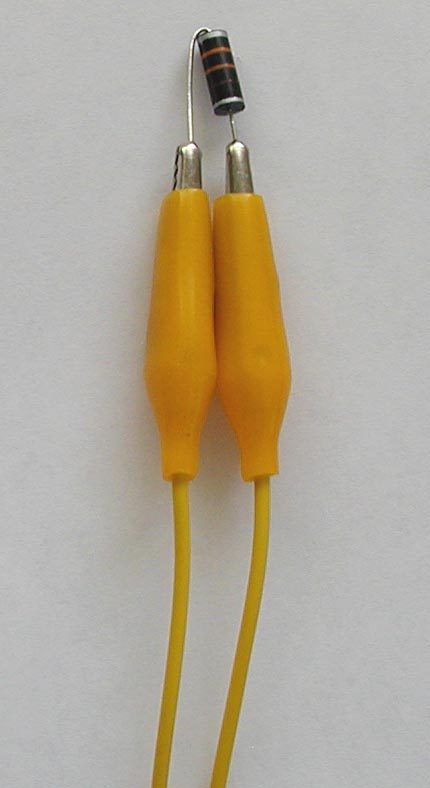|

I use the MPSA42 Transistors to test if the 300 volt junctions might have less PN junction
influence, they also create a better wave shape for a slightly better sound. I did try 1000 volt transistors but they would not oscillate with my favored oscillator circuit design.
Below
is the Original
2013 Phoenix Board - Updated 9.18.20
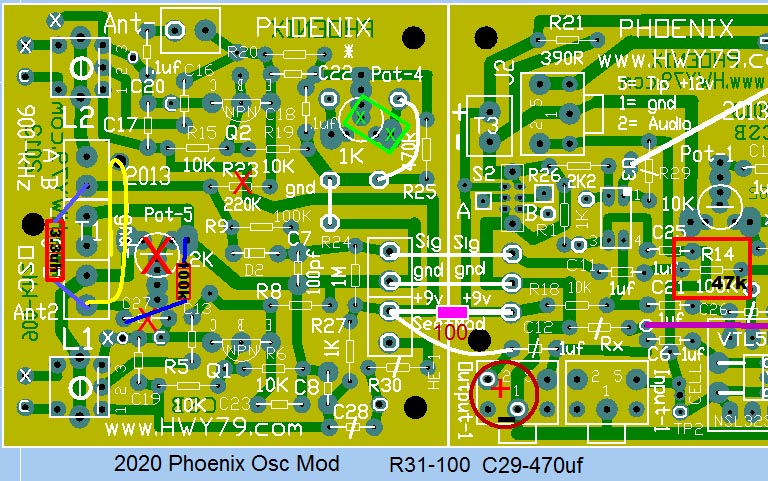
..
As
seen above on the 2013 Phoenix board under the red X
- Pot-5, C27 and R23 are removed from the
board. Also the metal cans of the IF transformers are not
connected to any ground.
Mount
your L3 in terminal B to Ant2. Mount a 100k resistor
from Ant2 to the right pad of Pot-5 for earth
ground. The center Pot pad will also work for ground.
In
my graphic above I attach the tickle wire, a
short wire 3" or 7 cm wire added at Ant2 on the bottom
side of the board and feed it through a small hole you drill to
keep it in place. Feed it through and wrap around. One end is not
connected to anything.
The
longer the wire more signal drives the following circuits. Observe
the signal at TP-1 or Pin #1 of U1a for proper wave shape.
R14
I reduced to 47k for a little more signal boost, may not be needed
as tickle wire length also increase signal strength.
External
Pot-5b is no longer used, instead for Wave shape I now use
a Pot-1b 50k inline with Pot-1. This changes the
sound by increasing the level through the Audio Transformer.
Though
I use the larger 3300 uh inductor like the antenna L3
inductor the smaller L3- 3.3 mh you have now will work. The
L3 wire leads can break off so be careful.
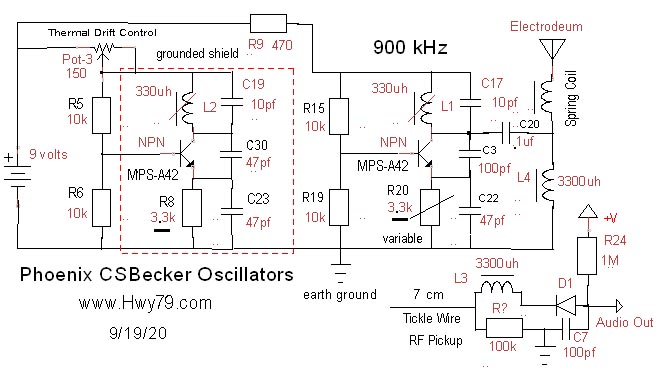
Thermal Drift Control
is not on the Phoenix 2013 Board
|



